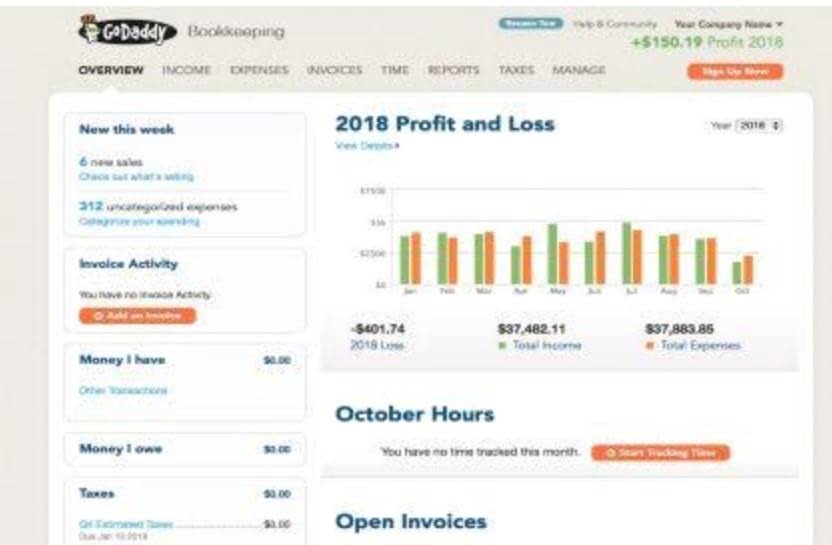
It involves verifying that balancing an account the amounts recorded in the company’s books match the corresponding financial transactions. This process is crucial to ensure the accuracy of financial statements, which are relied upon for decision-making, reporting, and compliance. Through account reconciliation, discrepancies can be identified and rectified promptly, reducing the risk of financial errors that may lead to misstated information. As technology continues to evolve, the ability to manage and analyze account balances will remain a cornerstone of sound financial management. Account balances in accounting are a part of a company’s Statement of Financial Position. This term refers to the financial statement, which includes an accumulation of various account balances.

What Financial Statement Is Accounts Payable On?
- If you’re routinely covering your expenses and debt payments with the asset account balances growing over time, you should start looking for opportunities to invest that money and get a return.
- Individuals must not rely on this information to make a financial, investment or legal decision.
- You know from experience that your bank will credit the full amount to your account on Monday.
- If the balance on the credit side exceeds the debit side, it is known as a ‘credit balance’.
Then, your accounts can stay in check while improving the efficiency and effectiveness of the process. By ensuring your personal and company finances are separated, you’ll ensure that you’ll be ahead of time constraints, even if the process isn’t an easy feat to accomplish. Balancing your checkbook is the process of reconciling the bank’s record of your account activities with your own. If you don’t record transactions from your checking account, you will need to monitor your online charges multiple times a week—even daily—to ensure that your account is balanced and free from fraud. You should plan to balance your checking accounts regularly—at least once per statement period. If you find yourself bouncing checks, however, you should balance your account anytime you’re about to spend money—for example, before paying bills or going shopping.
- This will correct the general ledger and align it with the bank statement.
- Interest calculations vary depending on account terms and the financial institution.
- Ariana Chávez has over a decade of professional experience in research, editing, and writing.
- This account provides an individual identity to an entity, allowing them to separate their funds from others.
- Conversely, a high Accounts Payable balance may prompt discussions with suppliers to negotiate extended payment terms.
Balancing off Accounts Process

This account comes from accounts payable, which is money owed to suppliers. The ledger for the accounts payable account balance looks as follows. These represent a resource owned or controlled by an entity that may cause inflows of future economic benefits. A great way to make sure that your books are well-balanced and all of your finances are in check is to draw a chart relating to your accounts.
ATO Tax Return Status: “Balancing Account”
The reconciliation statement thus is essential for identifying discrepancies between the two records. Reconciliation is an essential process in bookkeeping that ensures the figures in the financial records match the actual transactions. what are retained earnings It is a crucial part of maintaining the integrity of a company’s financial statements. It’s important to keep this type of record instead of just relying on the transaction history provided by your bank.


Also, it’ll enable you to remain confident that you’ll https://www.bookstime.com/ not have to worry about any mishaps that can be detrimental to your business. It’s not always easy to determine where business expenses originate, whether it’s from personal expenses or the company. You’ll be in a much better position if you gain access to business accounts while using a credit or debit card that’s owned by the business (this is especially true for CEOs and managing directors).
- Examples of permanent accounts are assets, liabilities and capital accounts.
- Double Entry Bookkeeping is here to provide you with free online information to help you learn and understand bookkeeping and introductory accounting.
- For instance, you might see recurring charges for things you no longer use, such as a gym membership, a streaming service or a magazine subscription.
- This article covers various points under this topic, like bank balance check, trial balance, balancing of accounts, and more.
- The balance sheet categories those account balances under the assets, liabilities and equity headings.
Leave a Reply